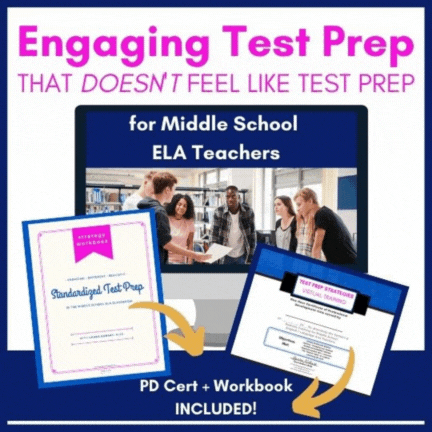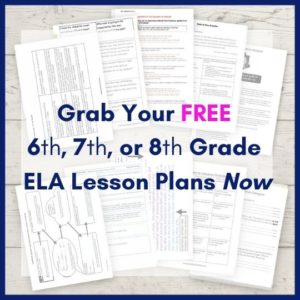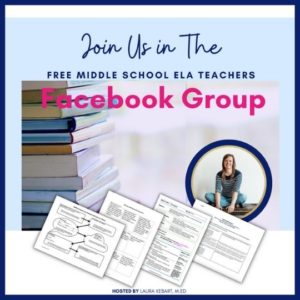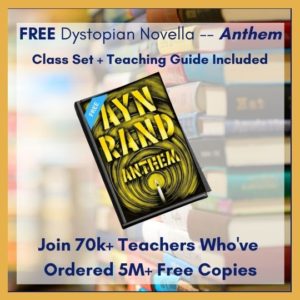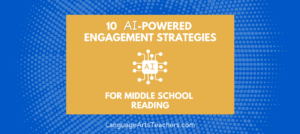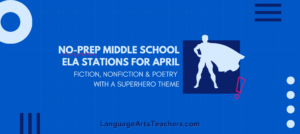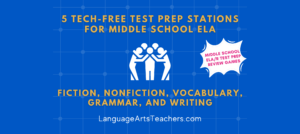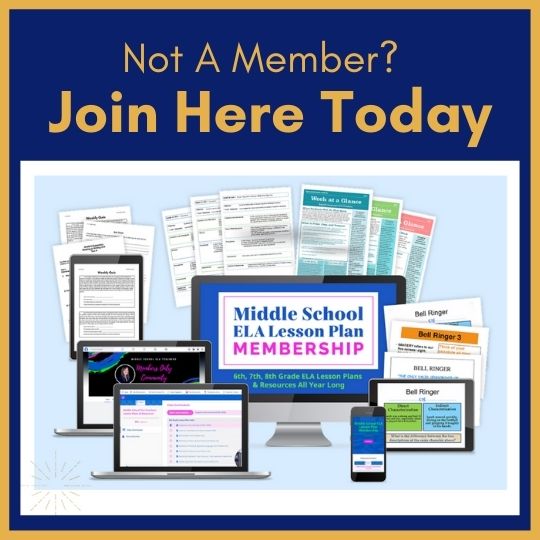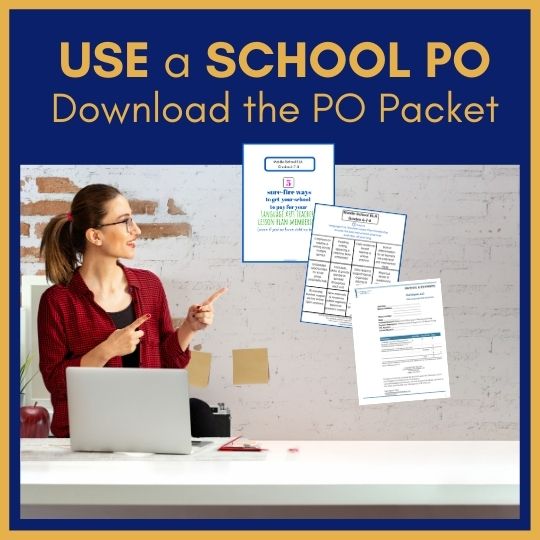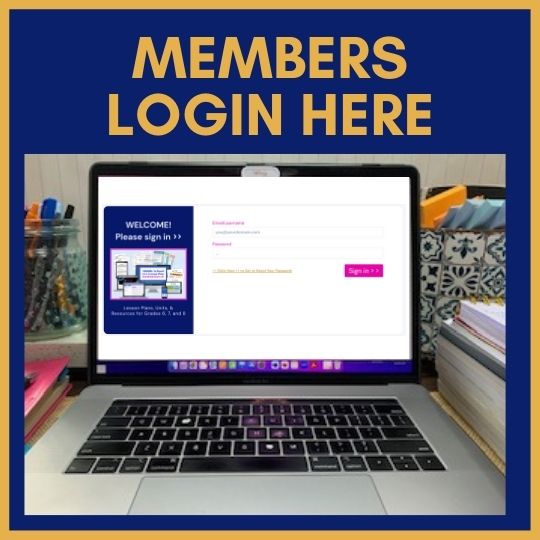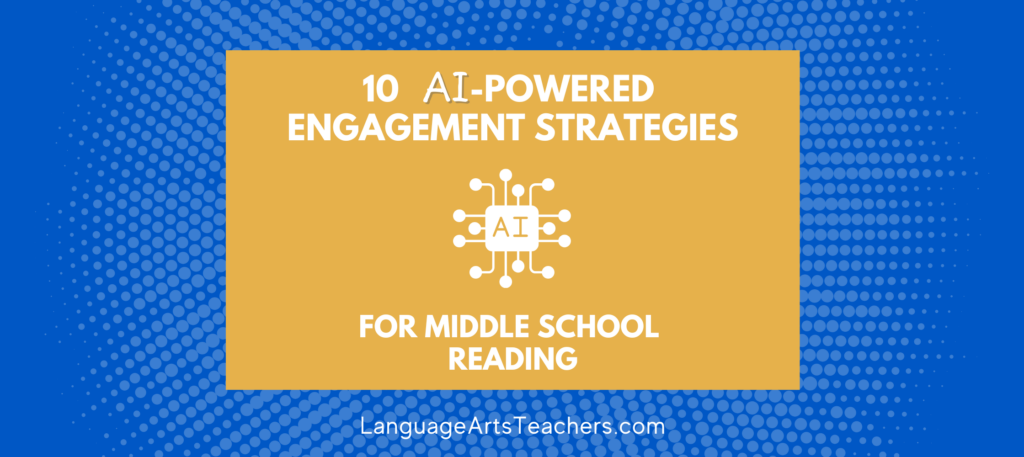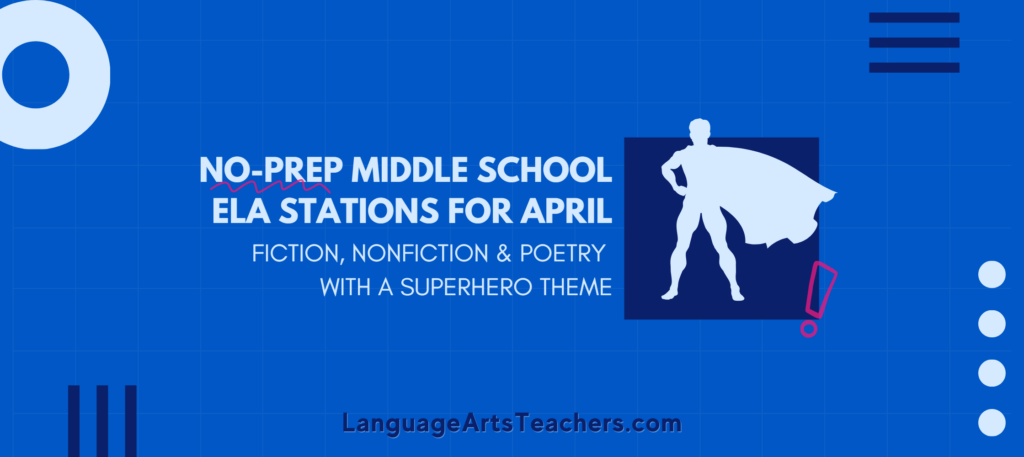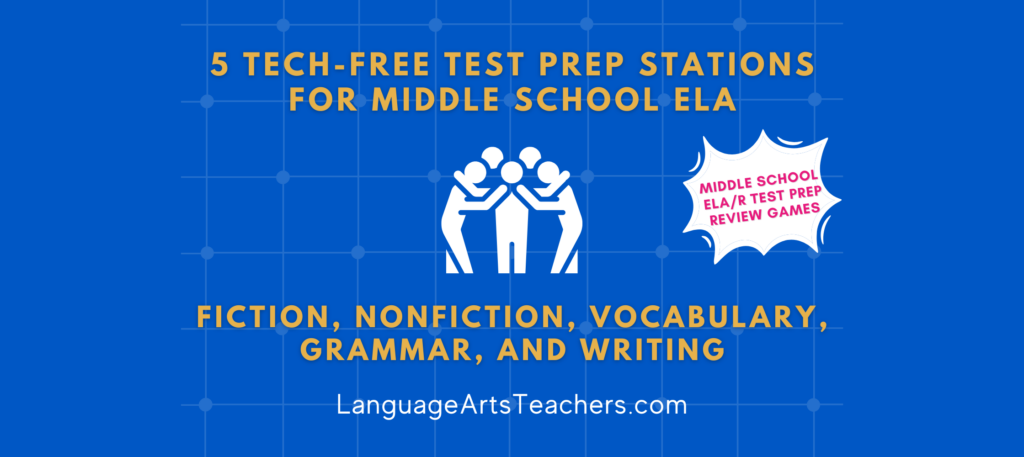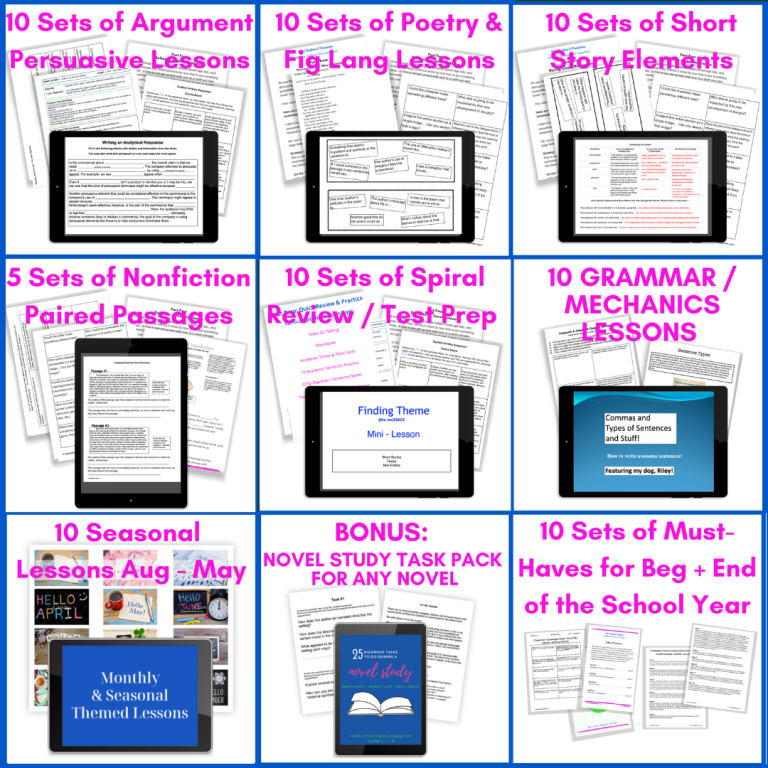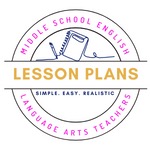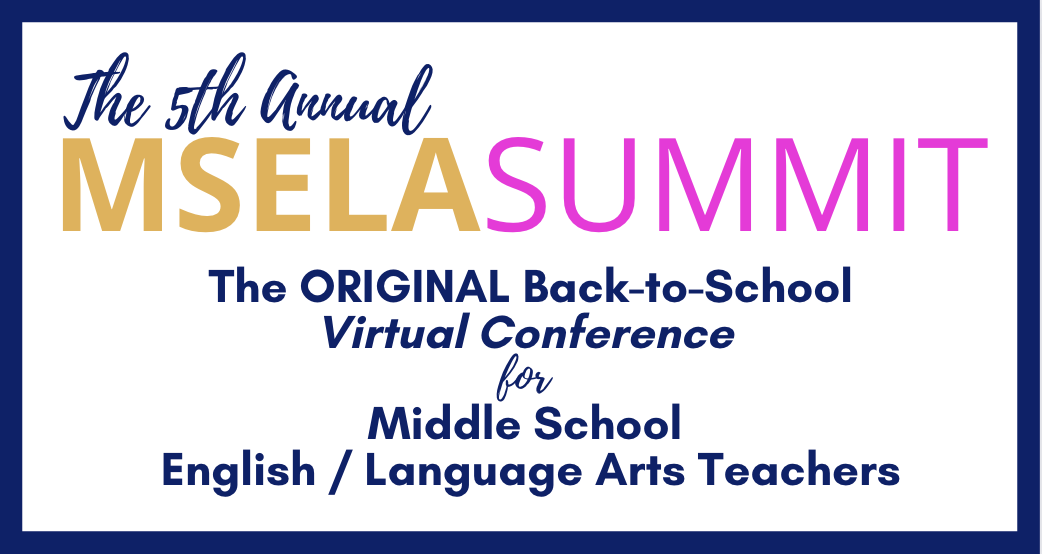FOUR interactive, hands-on, engaging ways to help students “GET” main idea:
Strategy 1
Teach (re-teach) in small groups. There’s something almost magical about just having you and a few students together at a table vs. a whole class… even if it’s just a quick few minutes before moving on to the next group of students (I’m a tried and true fan of casual, impromptu small group reteaching in class).
>> Struggling with how to manage small groups, or how to set up and run stations in your classroom? Click here for my signature online training for just that (it’s free).
Strategy 2
Take a passage and just use a paragraph or a few paragraphs and look at the main idea in JUST that part (it’s OK to go small!).
This kind of thing comes up again and again in all kinds of standardized tests, where the point isn’t always to get the main idea of the whole selection, but rather the main idea of just a section of the selection. It’s a great entry point to helping students zoom in on not just a main idea, but why a writer included that section and / or what his purpose is in including that section.

Strategy 3
Take a whole passage and literally cut each paragraph (or each section if that’s easier and more realistic) into separate sections and have students think of ONE word to represent each paragraph.
The beauty here is that the ONE word has to be enough to hit the idea of the paragraph. This will force students to really zoom in and focus on the best word for each paragraph. Then you can look at the passage as a whole and look at how the main idea of the paragraphs fit together and build upon each other to support one main idea.
Need it to be more collaborative? > > Make sure two or three students (or more!) in the class get the same paragraph or the same section, and then let them compare words AFTER they’ve independently come up with their own. Then, they’ll have to decide on the BEST main idea word and be able to explain how and why.
Strategy 4
Here’s something else you can do: Take a nonfiction passage from a magazine or anywhere, really. Remove the subheadings (like white out the subheadings). Those subheadings are basically the main ideas of each section in the passage. Have students come up with their own subheadings. Then compare their subheadings to the real subheadings.
Ready for More? Get all the Resources You Need for Middle School ELA by clicking here for the Organized by Genre Essentials Bundle.



